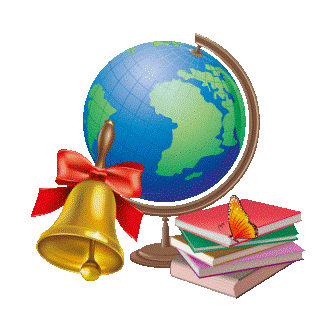| Деятельность учителя |
Деятельность учащихся |
| Организационный этап |
| Good morning, my dear friends! I'm glad to see
you! Take your seats, please. Today we'll speak about travelling and
transport. |
Good morning, teacher! We're glad to see you, too. |
| Этап повторения пройденной лексики |
| Do you like travelling? |
Yes, we do. |
| What means of travelling do you know? Look at the slides and name us all kinds of transport you can see. |
Учащиеся смотрят на слайды и называют знакомые им виды транспорта. |
| Let's compare them! |
|
| Which means of travelling is: |
Учащиеся отвечают, используя выражения: |
| - the quickest |
I think …. |
| - the slowest |
I suppose …… |
| - the most comfortable |
I don't think ….. |
| - the least comfortable |
In my opinion …. |
| - the cheapest |
I believe that …. |
| - the most expensive? |
|
| Тренировочно-ознакомительный этап |
| Let's have a look at the history of transport developing! |
|
| What do you think the transport started with? |
Дети высказывают свои предположения. |
| Look at the slide! Everything started with the
wheel. Nobody knows who created it but it was one of the greatest
inventions of the mankind. Repeat this word! |
Учащиеся повторяют английский вариант слова "колесо". |
| Now, children, look and repeat the names of different kinds of transport in their historical order. |
Учащиеся смотрят на слайды и подписи к ним и повторяют за учителем названия видов транспорта. |
| But transport differs in different countries. It
depends on the geographical position of the country and its economical
development. In poor Asian countries like India people still use such
kind of transport as rickshaw. Repeat after me this name. |
Учащиеся смотрят на слайд с подписью и повторяют за учителем английский эквивалент слова "рикша". |
| My dear friends, can you name me some animals which people use for travelling in Asian, African and Nothern countries. |
Дети называют такие слова, как: elephants, camels, deer, dogs. |
| What exotic means of travelling can we see in Italy, in Venice? |
gondolas |
| Этап активизации речевого процесса |
| Now, boys and girls, I'd like to listen to the dialogue you've learnt for today. |
A: Excuse me, please. Can you help me?
B: Yes, sure. What's the matter?
A: How can I get to the Art Gallery?
B: Oh, it's easy. Get on bus 7 and get off at the next stop. It'll take you 5 minutes to get there.
A: Thank you very much!
B: Not at all. |
| Now, I'll give you some cards with the names of
the places in different countries and the means of travelling. Your task
is to prepare your own dialogue changing the underlined words and
dramatize it. |
Учащиеся готовят диалоги, заменяя подчеркнутые слова на те, которые даны у них на карточках, и разыгрывают их. |
My dear friends, let’s read the text about a
parrot. Be careful during the reading and try to remember as much
information as you can because after it I’ll ask you some questions.
- What means of transport did Lorie travel during his life?
- What colour was Lorie?
- Who took Lorie on board the ship?
- What was Lorie’s favourite food?
- Who bought Lorie?
- Where did they go one day?
- What did Lorie do when the old lady and her friend went to the kitchen?
|
Дети читают текст «Lorie, Who Liked Honey» и отвечают на вопросы учителя. |
| Этап подведения итогов |
My dear friends, can you tell me what new
information you've got from this lesson. Do you remember the names of
transport that people used many years ago? Can you name me some
extraordinary means of travelling? What modern kinds of transport do
people use?
Let’s do the crossword!
- a boat used on the canals in Venice
- an aircraft with large metal blades on top.
- a vehicle that can travel in space
- a wild animal with horns on the head
- a round thing that turns round and round
- a vehicle with seats inside pulled by horses
- a machine that has wings and can fly
- a small vehicle with two wheels pulled by a man
- a vehicle with two wheels that was pulled by horses used by Greek Gods
- a bus with two "electric horns”
- an electric bus that goes along rails in a street
|
Дети называют все запомнившиеся им виды транспортных средств, а затем разгадывают кроссворд. |
| Этап постановки домашнего задания |
At home you should:
1) Choose the country you like, prepare a dialogue as we did it
in class, write it in the exercise-book and dramatize it at our next
lesson.
2) Write your own definitions to the words: gondola, rickshaw, chariot, tram, coach. |
|
|
 З В О Н О К НА У Р О К
З В О Н О К НА У Р О К З В О Н О К НА У Р О К
З В О Н О К НА У Р О К